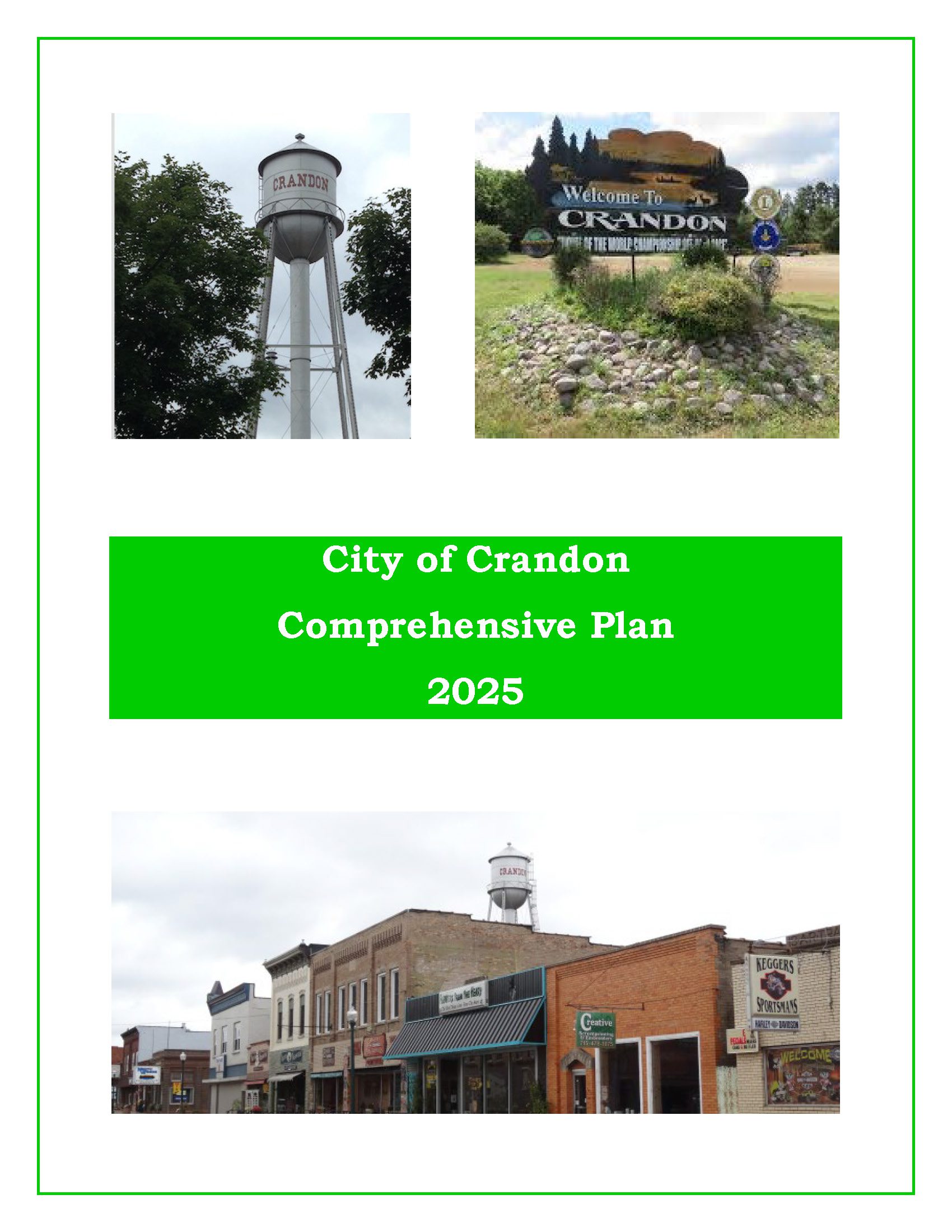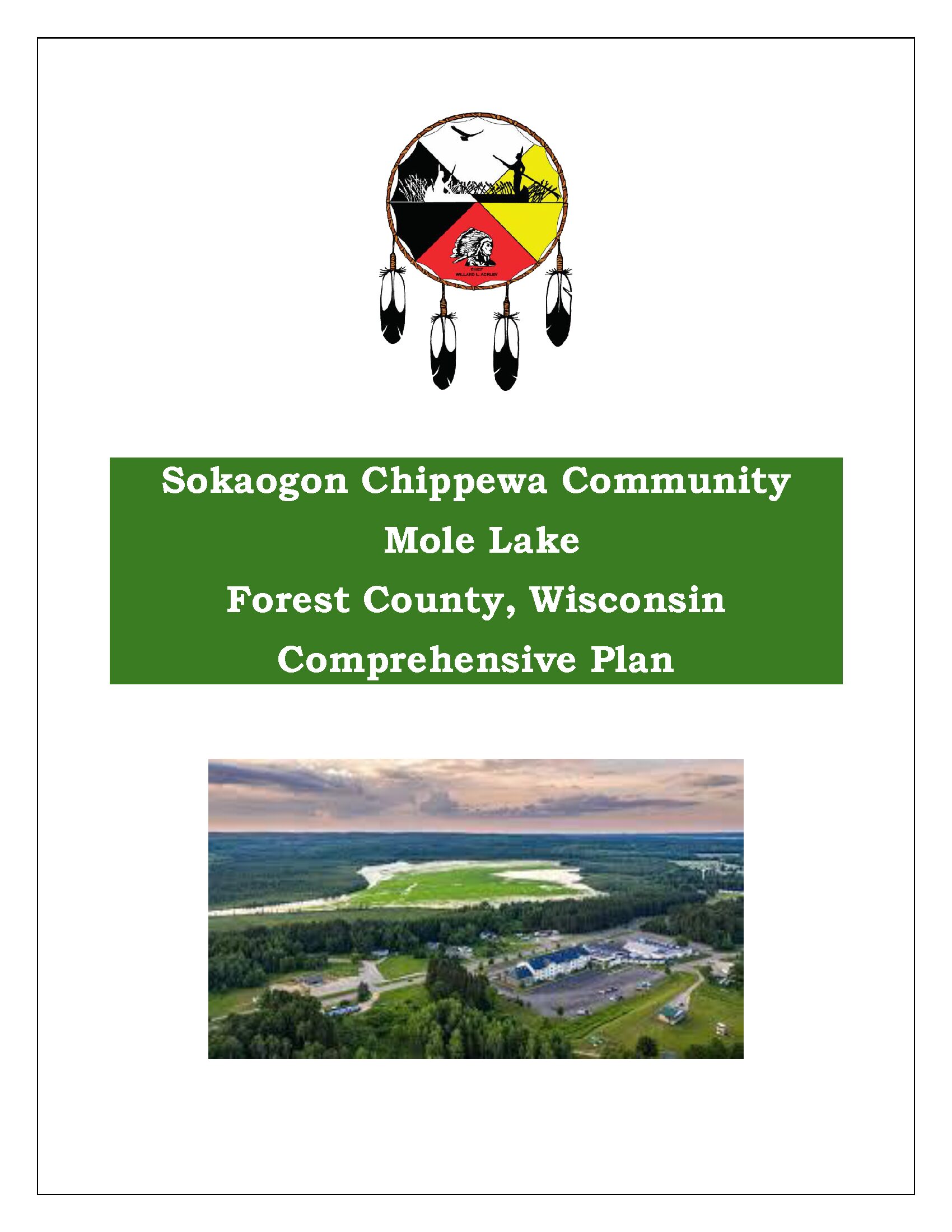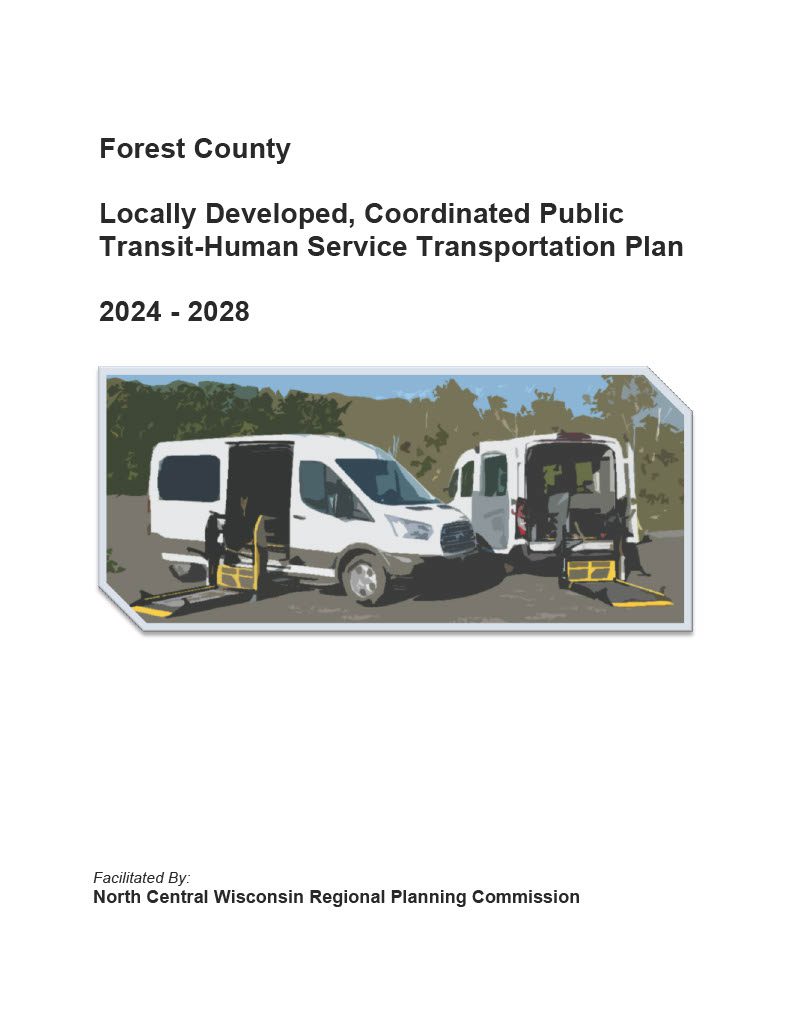Forest County’s Forestry & Recreation Department updates its Outdoor Recreation Plan every 5 years to identify essential outdoor recreation needs that affect the future of outdoor recreation in the County.
This Outdoor Recreation Plan (ORP) focuses upon County managed outdoor recreation facilities, and also list projects within the towns and City. Local governments with their own ORP are referenced in this plan. All listed nature based and active recreation based projects become eligible for competitive federal and state outdoor recreation grant money when this plan is adopted by County or local municipality by resolution.
All communities within Forest County without their own Outdoor Recreation Plan become eligible to apply for recreation grants when the local government adopts this plan by resolution.
Non-profit groups, foundations, and the general public may also use this document to coordinate their own private efforts for developing outdoor recreation facilities.
2026 Planning Timeline
Winter 2025-2026 — Staff park analysis, plans reviewed, & demographic data analysis.
Winter/Spring 2026 — Countywide Public Input Survey distribution & tabulation.
Spring 2026 — Goals & Objectives developed.
Summer 2026 — Draft Plan ready for review.
Summer/Fall 2026 — Plan ready for approval by Forest County Forestry & Recreation Committee.
Fall 2026 — Plan ready for adoption by County Board.
Draft Plan
______plan not available yet_________ (__ MB PDF)


